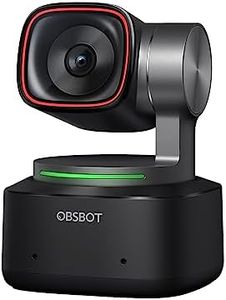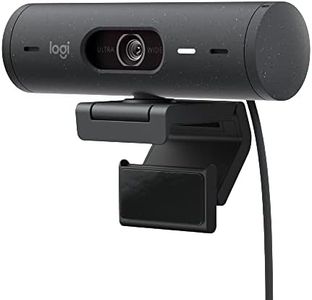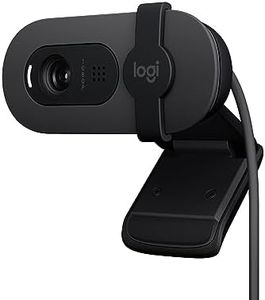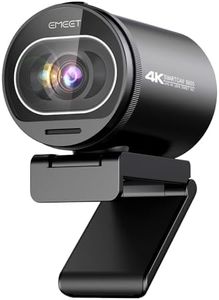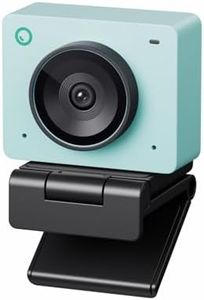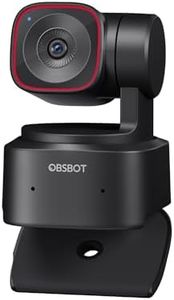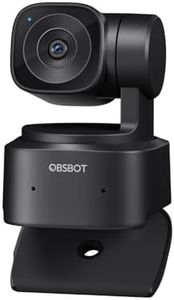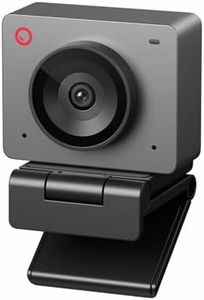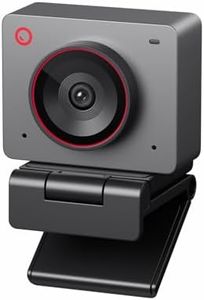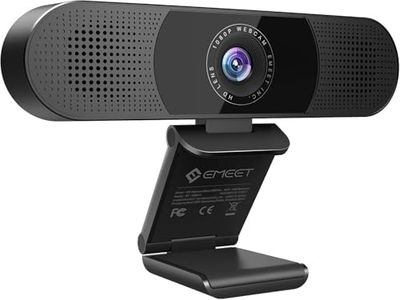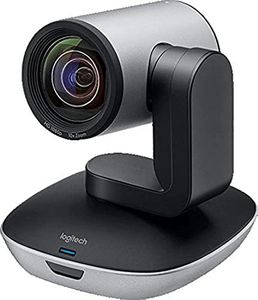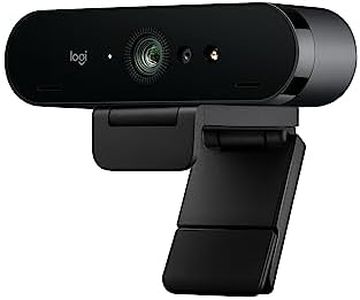We Use CookiesWe use cookies to enhance the security, performance,
functionality and for analytical and promotional activities. By continuing to browse this site you
are agreeing to our privacy policy
10 Best Conference Webcam
From leading brands and best sellers available on the web.By clicking on a link to a third party's website, log data is shared with that third party.
Buying Guide for the Best Conference Webcam
Selecting a conference webcam is all about ensuring everyone can be clearly seen and heard during online meetings. The right webcam enhances communication, helps your team look professional, and removes communication barriers in virtual conferencing. Since conference rooms and setups can be very different, it’s important to consider the environment, number of participants, and usage patterns before picking the features that matter most to you.ResolutionResolution refers to how clear and detailed the image from the camera will be. You’ll most often see webcams labeled as 720p (HD), 1080p (Full HD), or 4K (Ultra HD). The higher the resolution, the sharper the image, which becomes especially important if several people need to be clearly visible in the same frame. For larger rooms or highly professional presentations, a higher resolution can make a real difference. If your meetings are mostly with small groups or informal, a lower resolution may suffice.
Field of View (FOV)Field of view describes how wide the camera can see, measured in degrees. A narrow FOV (around 60-70°) works best for one or two people close to the camera, while a wide FOV (90-120° or more) is ideal for capturing multiple participants or a whole conference room. Choosing the right FOV depends on how many people usually join in one room: the bigger the group, the wider the FOV you’ll need.
Microphone QualitySince clear audio is just as vital as good video, built-in microphones vary in quality. Some webcams offer basic mono microphones that are fine for personal use, while others have dual or multiple microphones with noise cancellation for picking up voices from several directions and filtering out background noise. If your conference room is large or busy, opt for webcams with high-quality, noise-cancelling microphones, but for personal or very small group use, the basics may be enough.
Autofocus and Light CorrectionAutofocus helps keep people in sharp focus as they move, while light correction adjusts for dim or uneven lighting. Both features are important if your room’s lighting changes or if people tend to move around during calls. If you want to look professional in every call, no matter the lighting conditions or movement, these features are worth having. If your setup is consistent and static, they become less critical.
Mounting and Placement OptionsSome webcams can mount on a monitor, while others have tripod support or can even be placed on a table. It's important to know where you'll position your webcam since some spaces or screens may require flexible mounting. If you'll use different meeting rooms or need various viewing angles, a model with multiple mounting options is best. For a permanent, fixed location, a simple clip-on webcam may do.
ConnectivityMost conference webcams connect via USB, but some advanced models may use wireless technologies or need special drivers. Check compatibility with your devices—some setups may need plug-and-play simplicity, while others can handle more technical installations. If you move the webcam between rooms or devices, choose one with standard, easy-to-use connectivity.
Compatibility with SoftwareCheck that the webcam supports the video conferencing platforms you use, such as Zoom, Microsoft Teams, or Google Meet. Some webcams boast dedicated certifications for certain programs, which ensures trouble-free integration. If your organization relies heavily on a specific platform, make sure your webcam is fully compatible for the best experience.
